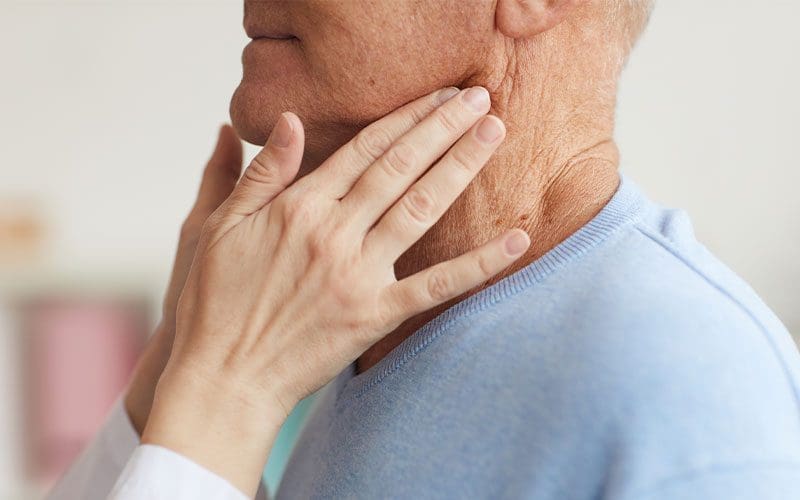
Published: October 22, 2018
Dysphagia Services
Swallowing Disorders (Also Called DYSPHAGIA)
Problems chewing or swallowing that can lead to:
- Dehydration
- Malnutrition
- Food or liquid going into the airway, called aspiration
- Frequent pneumonia or respiratory infections
- Less enjoyment of eating
- Embarrassment when eating because of drooling or other problems
- The need for tube feeing or other ways to get nutrition
Symptoms of Swallowing Disorders
- Difficulty chewing
- Coughing or choking
- Needing extra time and effort to eat
- Drooling or spilling food from mouth
- Complaints of food sticking
- Wet or gurgly voice after swallowing
- Difficulty breathing while eating and drinking
- Pneumonia
- Significant or unexplained weight loss
The Three Phases of Swallowing
Oral Phase Problems
- Trouble chewing or moving food and liquid from your mouth to your throat
- Having some food in your mouth after you swallow
- Poor control of food and liquid
Pharyngeal Phase Problems
- Having a hard time starting a swallow
- Getting food or liquid into your airway, called aspiration
- Having some food or liquid stay in your throat after you have swallowed
Esophageal Phase Problems
- Food getting stuck as it moves from your throat into your esophagus
- Poor movement of the esophagus so food doesn’t pass easily into your stomach
- Food coming back up (reflux)
- Pockets in the esophagus that catch food
Diagnostics
Clinical Swallow Evaluation
- Thorough review of history
- Assessment of oral motor structures and functions
- Assessment of secretion management
- Assessment of response to feeding trials of various consistencies
- Assessment of effects of swallow strategies
Modified Barium Swallow Study (MBS)
- Completed in collaboration with Radiology
- Dynamic test which includes oral presentation of barium with varying volume
and consistency - Allows for observation of bolus progression from oral to pharyngeal to upper
esophageal phases of swallow - Provides assessment of anatomy and physiology
- Provides assessment of airway protection with identification of penetration
and aspiration - Allows visualization of efficacy of swallow strategies and assists with
treatment planning
Fiberoptic Endoscopic Evaluation of Swallow (FEES)
- Portable procedure that allows direct visualization of the oropharynx and
larynx utilizing a flexible scope that is passed transnasally - Dynamic test which includes oral presentation of food and liquids to assess
tolerance - Provides assessment of anatomy and physiology
- Provides assessment of airway protection with identification of penetration
and aspiration - Allows visualization of efficacy of swallow strategies and assists with
treatment planning
Treatment
Rehabilitative: Targets Restoration of Normal Swallow Function
- Biofeedback including sEMG
- Electrical stimulation
- Exercises
- Sensory stimulation
Compensatory: Modifications to Diet Consistency and Patient Behavior
- Diet modifications
- Equipment
- Maneuvers
- Pacing and feeding strategies
- Postural techniques
For any questions or to schedule an appointment, please call 419-468-0547